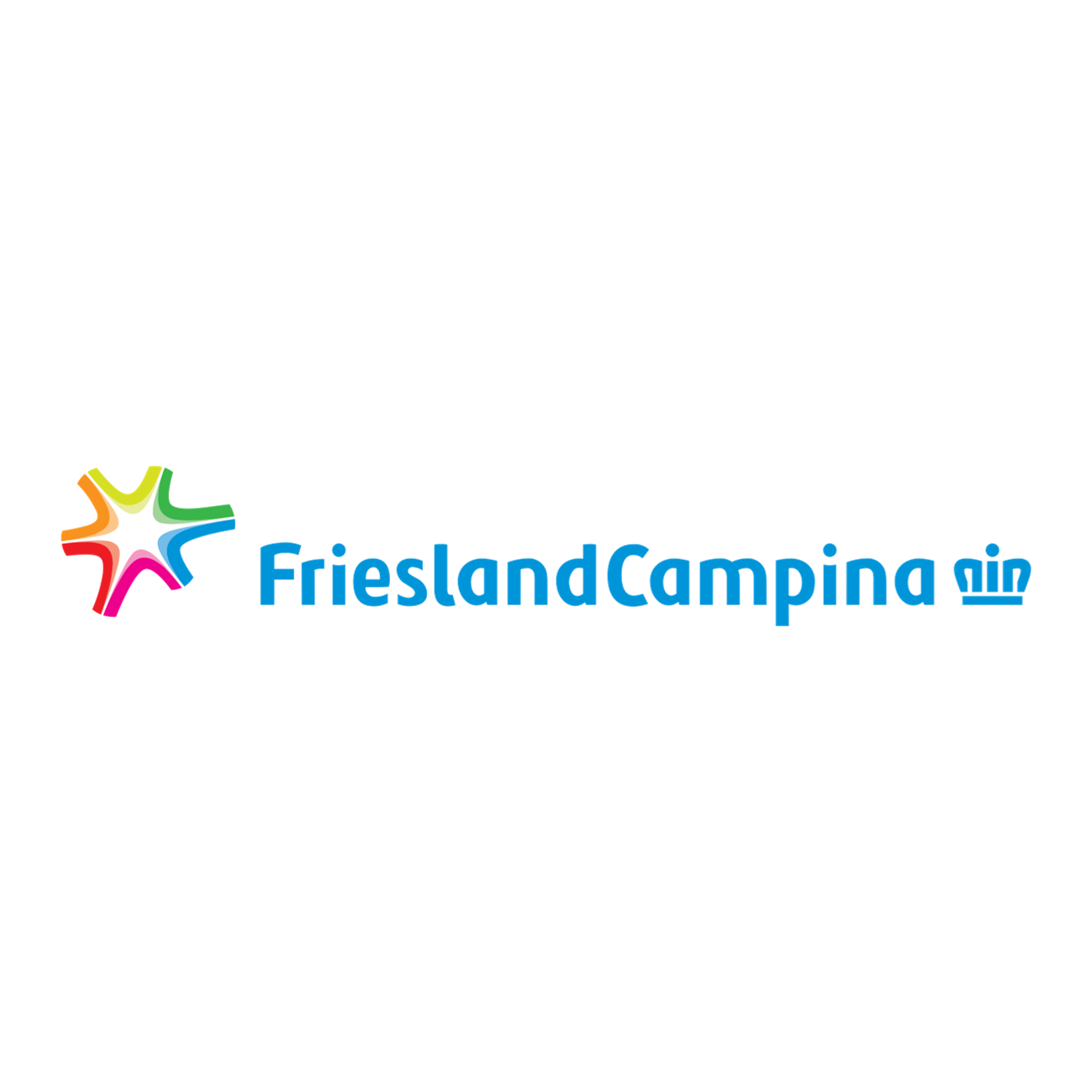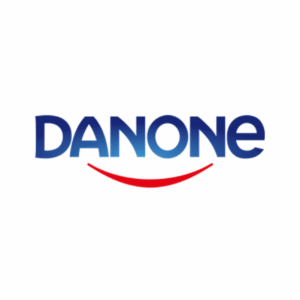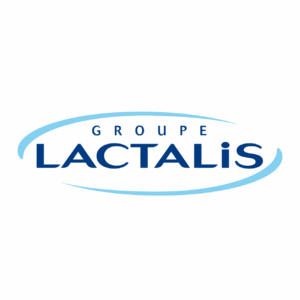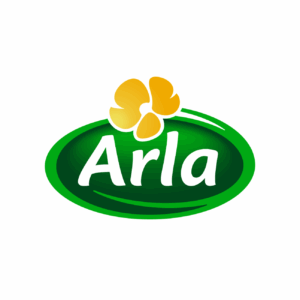As the global dairy industry faces mounting pressure to reduce its environmental footprint, leading brands are stepping up, or stumbling, in their responses.
This comparative analysis explores the sustainability performance of four major dairy companies, Danone, Lactalis, Arla Foods, and Friesland Campina, across ten key environmental criteria.
From carbon footprint to recycling rates, from energy consumption to supply chain transparency, each profile provides a nuanced snapshot of ambition versus reality.
The aim: to understand who is truly leading the way toward sustainable dairy, and who is still lagging behind despite bold promises.
Friesland Campina
Nourishing by nature
Criteria
Carbon Footprint, High
Friesland Campina aims to achieve net climate-neutral dairy production by 2050.
The company has set interim targets, including a 33% reduction in greenhouse gas emissions on member dairy farms (Scope 3) and a 63% reduction in emissions from production and milk transport (Scopes 1 & 2) by 2030, using 2015 as the baseline. As of 2022, emissions from production and milk transport decreased by 9.4% compared to the previous year, while emissions on member dairy farms saw a 4.3% reduction.
Ecological Impact, Medium
The company emphasizes sustainable farming practices to protect soil health and biodiversity. Initiatives include promoting herb-rich grasslands and pasture grazing to strengthen biodiversity.
However, balancing high dairy production with ecological sustainability remains a challenge, as intensive farming practices can exert pressure on soil and nature.
Energy Consumption, High
Friesland Campina is investing in renewable energy sources, such as installing solar panels on dairy farms, to reduce reliance on fossil fuels. For example, some member dairy farms have installed 700 solar panels, generating more electricity than they consume.
Freight Density, Low
Friesland Campina is improving logistics sustainability through LNG-powered trucks, supply chain control, and sustainable shipping partnerships. However, it does not disclose freight density data.
Recycling Rates, Medium
The company is working towards circular packaging solutions, aiming to make all packaging 100% recyclable by 2025. However, specific data on current recycling rates and the use of recycled materials in packaging are not publicly disclosed.
Saving Levels, Medium
Friesland Campina focuses on maximizing raw material utilization to minimize waste and reduce its carbon footprint. Efforts include developing reduced carbon solutions and ingredients that support biodiversity. However, detailed information on the scale of these initiatives and their impact on overall resource consumption is limited.
Specific Product Monitoring, Low
The company maintains strict quality control measures through its Foqus quality and sustainability program, which provides data needed to identify the ecological impact of individual farms.
However, transparency regarding the environmental impact of specific products is limited, as product-level sustainability data is not widely available to consumers.
Supply Chain Waste, Low
Friesland Campina aims to reduce waste across its supply chain by optimizing processes and investing in sustainable practices. However, specific targets for waste reduction and data on current waste levels are not publicly disclosed.
Sustainability Scorecards, Medium
The company’s sustainability initiatives are detailed in its annual reports, outlining progress toward environmental and social goals. However, the lack of third-party verification in some areas makes it challenging to independently assess the success of these initiatives.
Additionally, some sustainability claims focus on relative reductions rather than absolute impacts, meaning progress might be reported even if overall emissions or resource consumption increase due to production growth.
Water Management, High
Friesland Campina invests in sustainable water management practices, such as promoting herb-rich grasslands to strengthen biodiversity and reduce water usage.
Related to other brands
Friesland Campina shows a clear commitment to sustainability through targeted emissions reductions, investments in renewable energy, and sustainable farming initiatives.
However, the lack of publicly available data in key areas, such as recycling rates, supply chain waste, and product-level impact, makes it difficult to evaluate the depth of its environmental achievements.
While its programs appear promising on paper, increased transparency, third-party validation, and more concrete metrics will be essential for Friesland Campina to demonstrate genuine, measurable progress toward its climate goals.
Number of criteria met by each brand:
- Danone 2.8 / 5
- Lactalis 3.3 / 5
- Arla 2.0 / 5
- Friesland Campina 2.8 / 5
ESCP Business School Team
Research developed by five curious international ESCP Business School students who have worked together to successfully complete their consulting project. They analysed four brands in four different categories -24 brands: electric cars EV, dairy products, computers, personal care, luxury apparel, fast fashion-, according to 10 environmental criteria.
- Alix AMMEUX: Dairy Products
- Hanna AMSELLEM: Electrical Vehicles
- Leonardo BERTINI COLLA: Computers
- Zackary BOISNEAULT: Personal Products
- Ariane DESPRES: Luxury Apparels
- Caterina GIUSTINIANI: Fast fashion
Sources
- Danone Universal Registration Document 2024: https://www.danone.com/content/dam/corp/global/danonecom/investors/en-all-publications/2025/registrationdocuments/urd2024accessibleversion.pdf
- Danone 2024 Mission Committee Report: https://www.danone.com/content/dam/corp/global/danonecom/investors/en-all-publications/2025/shareholdersmeetings/committeereportdanone2024.pdf.coredownload.pdf
- Danone Sustainability Dashboard 2023: https://www.danone.com/content/dam/corp/global/danonecom/investors/en-sustainability/reports-and-data/cross-topic/danonedashboard2023.pdf
- Danone Sustainability Portal: https://www.danone.com/sustainability.html
- Danone Water Policy 2024: https://www.danone.com/content/dam/corp/global/danonecom/about-us-impact/policies-and-commitments/en/2024/danone-water-policy-2024.pdf
- Lactalis Group News and Sustainability Updates: https://www.lactalis.fr/en/news/
- Lactalis UK & Ireland 2024 Sustainability Update: ttps://www.linkedin.com/posts/lactalis-uk-ireland_in-june-we-launched-our-2024-sustainability-activity-7227320150817935360-6Cyw
- Arla Annual Report 2024: https://www.arla.com/493f52/globalassets/arla-global/company—overview/investor/annual-reports/2024/arla-annual-report-2024-uk2.pdf
- Arla Annual Reports Archive: https://www.arla.com/company/investor/annual-reports/
- Arla Half-Year Results 2024: https://www.arla.com/company/news-and-press/2024/pressrelease/half-year-results-2024-arlas-robust-first-half-of-2024-is-paving-the-way-for-enhanced-sustainability-efforts/
- Arla Sustainability Portal: https://www.arla.com/sustainability/
- FrieslandCampina Annual Report 2024: https://www.frieslandcampina.com/uploads/2025/03/Annual-Report-2024-Royal-FrieslandCampina-NV.pdf
- FrieslandCampina Annual Report 2024: https://annualreport.frieslandcampina.com/
- FrieslandCampina Financial and Sustainability Reports: https://frieslandcampina.com/about-us/financials/financial-and-sustainability-reports/
- FrieslandCampina Sustainability Overview: https://www.frieslandcampina.com/sustainability/
- FrieslandCampina GHG Methodology Report 2024: https://www.frieslandcampina.com/uploads/2025/02/Greenhouse-gas-emissions-from-raw-milk-and-dairy-products-AR2024-Methodology-report-V1.3-external.pdf





0 Comments